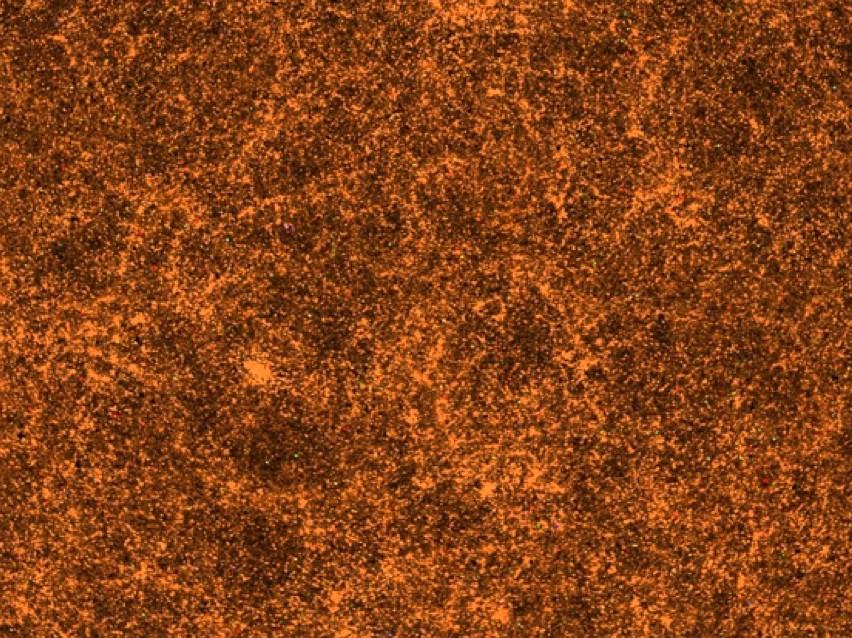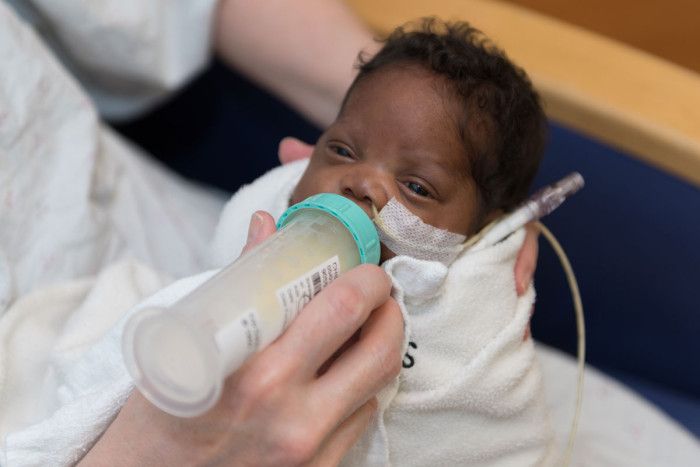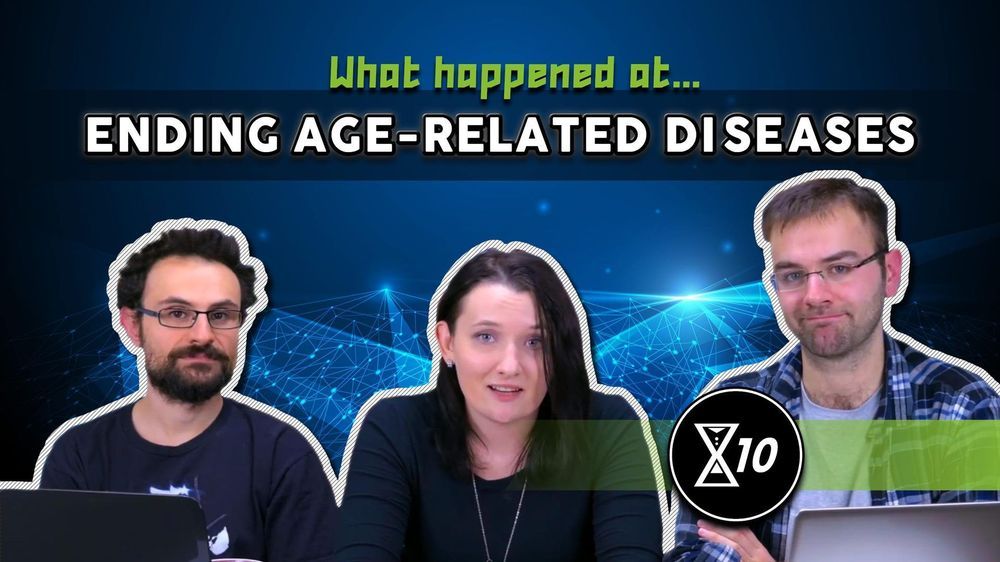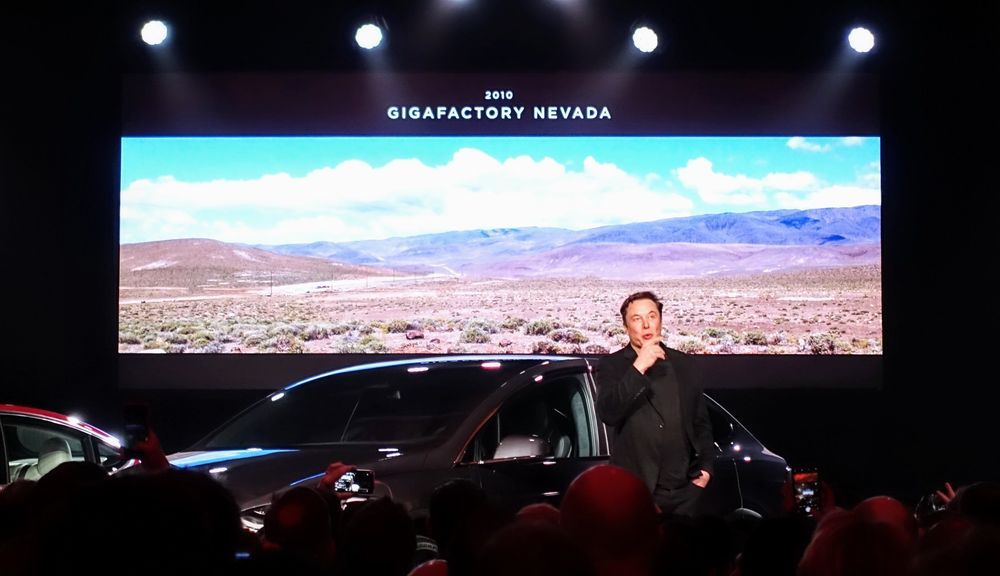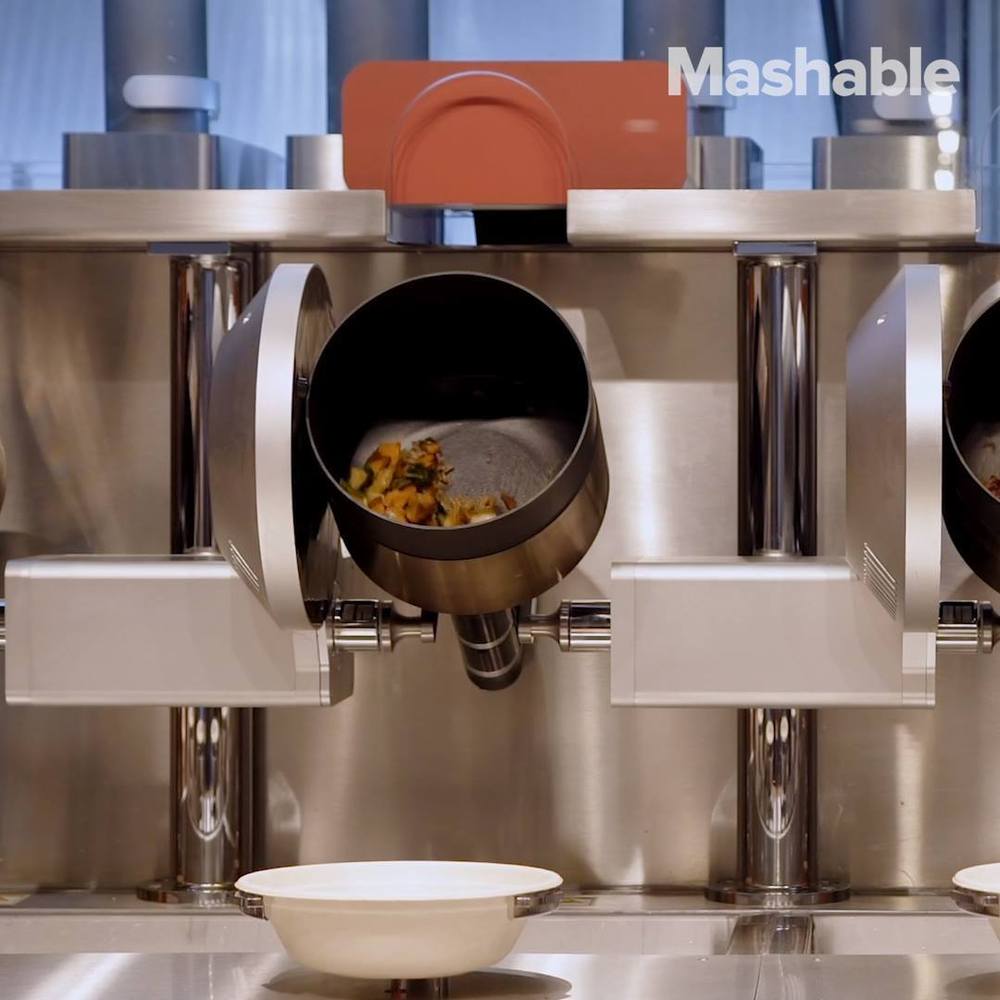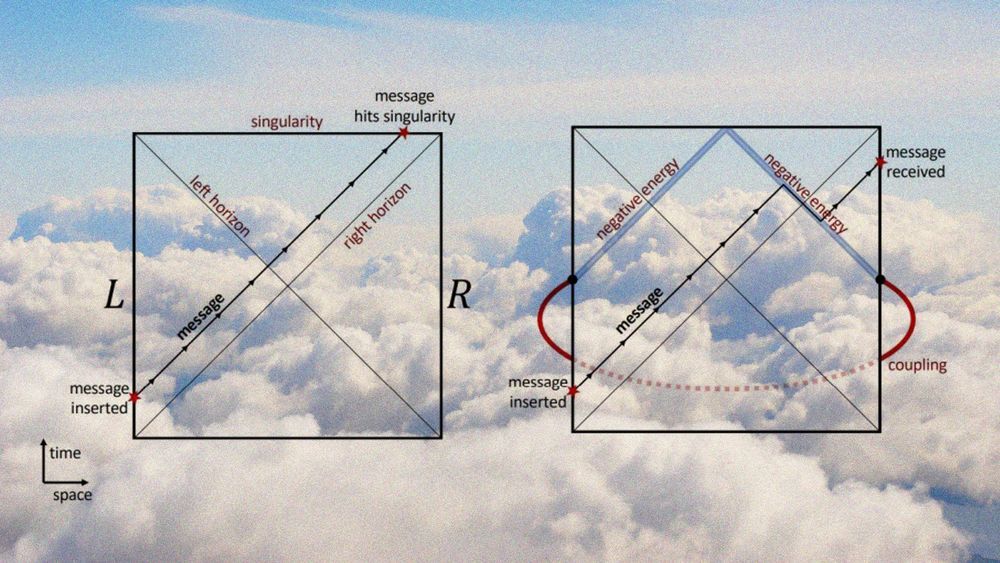The problem of surviving the end of the observable universe may seem very remote, but there are several reasons it may be important now: a) we may need to define soon the final goals of runaway space colonization and of superintelligent AI, b) the possibility of the solution will prove the plausibility of indefinite life extension, and с) the understanding of risks of the universe’s end will help us to escape dangers like artificial false vacuum decay. A possible solution depends on the type of the universe’s ending that may be expected: very slow heat death or some abrupt end, like a Big Rip or Big Crunch. We have reviewed the literature and identified several possible ways of survival the end of the universe, and also suggest several new ones. There are seven main approaches to escape the end of the universe: use the energy of the catastrophic process for computations, move to a parallel world, prevent the end, survive the end, manipulate time, avoid the problem entirely or find some meta-level solution.
When people learn the Universe is expanding, they want to know where the center is. The ‘answer’ isn’t what they expect.
Between the solar wind stripping its atmosphere and these horrific dust towers bleeding its water into space, Mars may not have ever had a chance at a stable climate.
NASA reports that these are the result of observations by NASA’s Mars Reconnaissance Orbiter’s heat-sensing Mars climate sounder instrument which can easily penetrate this dusty haze.
We’re not yet able to understand how much these towers contributed to Mars’ past water loss, David Kass, a planetary scientist at NASA Jet Propulsion laboratory and the Mars Climate Sounder instrument’s principal investigator, told me by phone. But they are telling us that the simple extrapolations that we were doing before to explain Mars’ water loss has limitations, he says.
And even though Mars’ atmosphere is roughly equal to only one percent of Earth’s, Kass said the dust is able to reach high altitudes because it is extremely fine.
It’s easy to get excited about breast milk. Just the basic fact that a woman can eat food and turn it into a complete food instantly tailored to grow that particular newborn is quite outstanding. But there is more to breast milk than what meets the eye and understanding the perfection of it could mean a better life for premature babies.
For starters, when a baby suckles her mama’s breast, a vacuum is created. That’s right. Saliva in, milk out. The infant’s saliva is sucked back into the mother’s nipple, where receptors in her mammary gland read its signals. Katie Hinde, a biologist and associate professor at the Center for Evolution and Medicine at the School of Human Evolution & Social Change at Arizona State University, calls this “baby spit backwash,” and it contains information about the baby’s immune status. As far as scientists can tell, baby spit backwash is one of the ways that breast milk adjusts its immunological composition. When mammary gland receptors detect the presence of pathogens, the mother’s body produces antibodies to fight it, and those antibodies travel through breast milk back into the baby’s body, where they target the infection.
“[Breast] Milk is so incredibly dynamic,” says Hinde. “There are hormones in breast milk, and they reflect the hormones in the mother’s circulation. The ones that help facilitate sleep or waking up are present in your milk. And day milk is going to have a completely different hormonal milieu than night milk.” That broken-down means that breastmilk made at night contains hormones that help your baby sleep.
Last July, the Life Extension Advocacy Foundation hosted a great conference on rejuvenation biotechnology in New York City; if you missed it, this episode of X10 will fill you in on some of the best talks of the conference.
Full playlist of all talks: https://bit.ly/2pP2BE6
Forget the latest Hollywood film noir and spend some time learning about this story instead. The story is that of Reno, Nevada, and the location of the original Tesla Gigafactory. The historical drama, a true story, unfolds with twisting and dark details.
The story came to light due to the notable new podcast series The City (USA Today’s investigative podcast). Episode 4 of season 2 is titled “West World.”
“We go east of the city, where wild horses roam and business is booming. City boosters say Tesla is driving New Reno, but the truth is darker and more complicated than it first appears.”
Robotic kitchen
Posted in food, robotics/AI
Four MIT graduates have just opened a restaurant where a robotic kitchen prepares the meals.
Here’s a curious thought experiment. Imagine a cloud of quantum particles that are entangled—in other words, they share the same quantum existence. The behavior of these particles is chaotic. The goal of this experiment is to send a quantum message across this set of particles. So the message has to be sent into one side of the cloud and then extracted from the other.
The first step, then, is to divide the cloud down the middle so that the particles on the left can be controlled separately from those on the right. The next step is to inject the message into the left-hand part of the cloud, where the chaotic behavior of the particles quickly scrambles it.
Can such a message ever be unscrambled?
Universe Conspiracies
Posted in space
Over a dozen countries have started their own space agencies in the last decade, a trend driven in large part by the expansion of the commercial sector.

